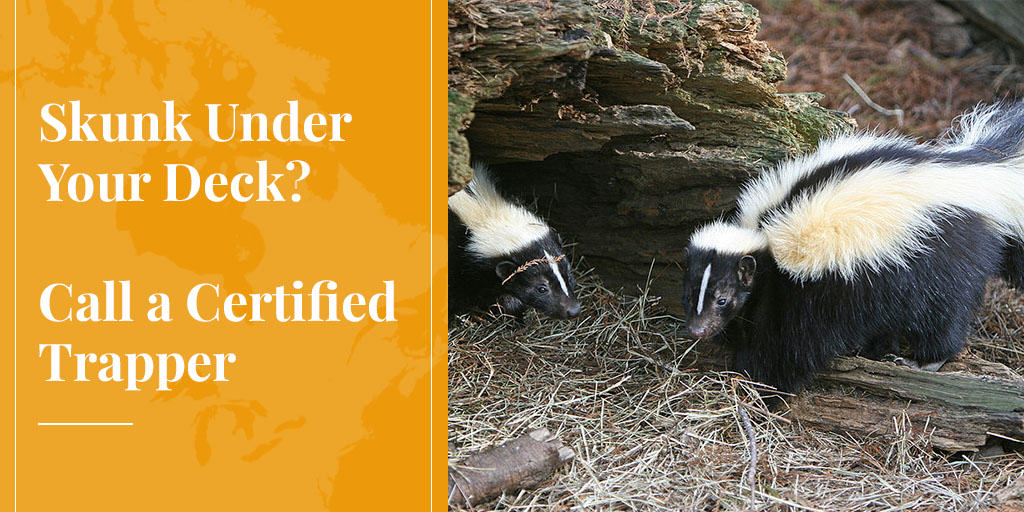
Question: What does a certified trapper in the modern era do with a lifetime of skills and experience developed in dealing with wildlife? Answer: Help society deal with wildlife conflicts. The market for wild furs right now is not robust, but modern society as a whole needs the skill set of a certified trapper. In fact, without a healthy, economically viable fur market that uses the excess from renewable furbearer populations, society needs us more than ever. How well-equipped is the average homeowner in dealing with wildlife conflicts in a safe, respectful, humane manner?
Understand that more than 80% of the population now live in cities, and know very little about how to deal with wildlife in their backyard or homes. Meanwhile, today’s urban design, with green spaces and our love for large trees, allows wildlife to flourish in the urban environment.
It is easy for city dwellers to be dismissive of a trapper’s skill set until they have an uninvited guest take up residence in their home. A raccoon may move into their chimney, a squirrel starts chewing into their soffit, a mink raids their koi pond, or, heaven forbid, a black bear raids their garbage. These are success stories for today’s wildlife populations, but with them comes the need for trappers.
“What’s Your Plan Now?”
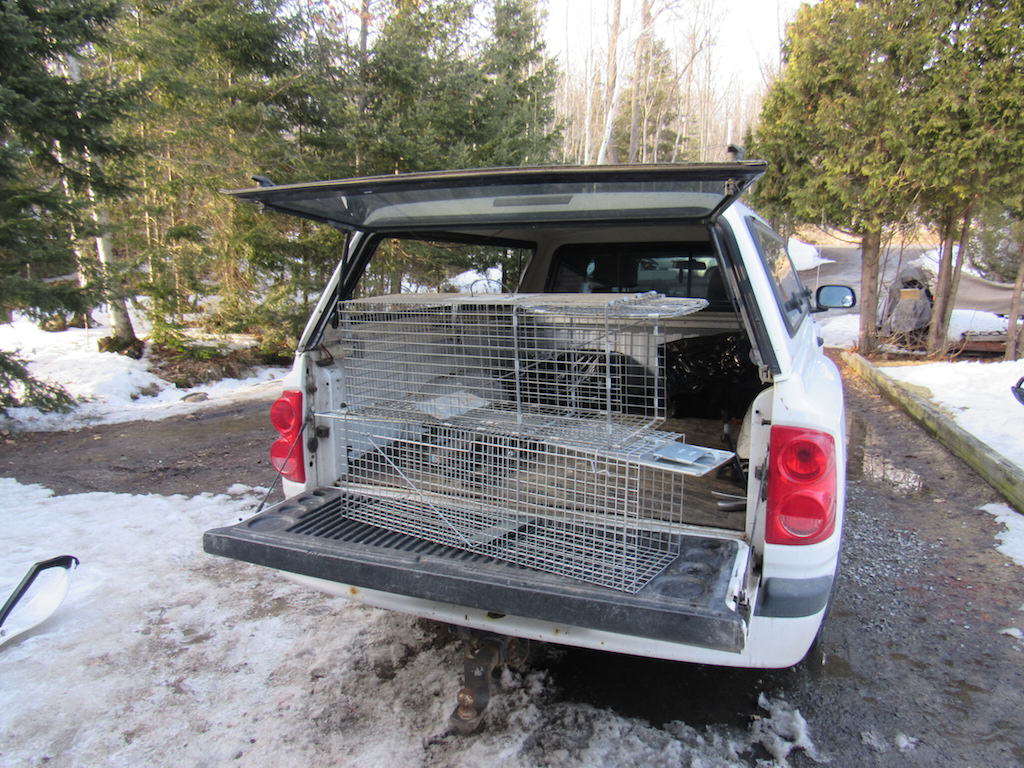
The call came in as a referral from my son’s boss – his girlfriend had a skunk under her deck. I immediately asked myself, “Has she already tried to catch it?” My gut feeling was that this was going to be a challenge. Most folks try to deal with problem wildlife first before calling for help, and dealing with a skunk becomes a whole other game when the walking time-bomb goes off.
The problem is that every hardware store, feed store and garden supply outlet sells live traps, giving you the impression that you can do it yourself (DIY). They do little to educate buyers on how to properly use them, what the laws are, or what to do with a live animal once it is in the trap. I call it the “What’s your plan now?” situation.
I receive a text asking for help, with a contact name and number. I know right away that this problem has escalated and the person needs my assistance. I call and arrange a site visit, and also ask some questions to screen the customer. How long has this been going on? Has she seen any animals in the backyard, and what has she done to try and catch them already?
Perfect Urban Habitat
I arrive early to the appointment to scope out the neighbourhood for potential problems. The house is well-kept in a nice residential area. I see a free-ranging cat in the yard and numerous dog tracks, along with mature trees and grey squirrels. It is mid-March with two feet of snow. The temperature is above freezing during the day but well below zero at night. I quickly surmise that this is a typical mature suburban neighborhood with numerous backyard sheds – perfect urban habitat for skunks and raccoons.
I am a seasoned registered trapline trapper here to offer my skills in dealing with an urban wildlife problem. As I look around I wonder what role I am going to be able to play here. I can see as many pitfalls as I can solutions, with many that could end badly for my efforts. But then I remind myself that like a plumber or an electrician, I have a unique skill set that can help people, developed over 42 years’ of experience in a world that is moving ever further away from hands-on contact with wildlife.
My knock on the door is answered by the lady of the house. I do my best to listen to her concerns, and sense she is frustrated and leery at the same time. I hand her my business card and tell her I can help. I ask to see the problem area and, more importantly, what has been done to discourage or capture the problem already. I am praying I get honest answers so I know what I am up against. I ask, “Have you been looking up solutions on the Internet?” “Yes,” she tells me, so my next question is, “Have you bought live traps already and tried to catch the skunk?” Again, “yes” is her answer. We are off to a good start.
Together we do a site inspection. A large wrap-around deck covers almost the full length of the back of the house – a nice new deck, well-built out of pressure-treated lumber. Upon closer inspection I see animal tracks coming and going from under the deck. Using my large, intense spotlight, I see a hole in the foundation where there was an addition to the house and all the tracks leading to this point of access. As we discuss the problem, I learn that the skunk has sprayed and the house sometimes has an odor. There’s nothing like the smell of skunk quill to get a person’s attention.
Squirting in Breeding Season
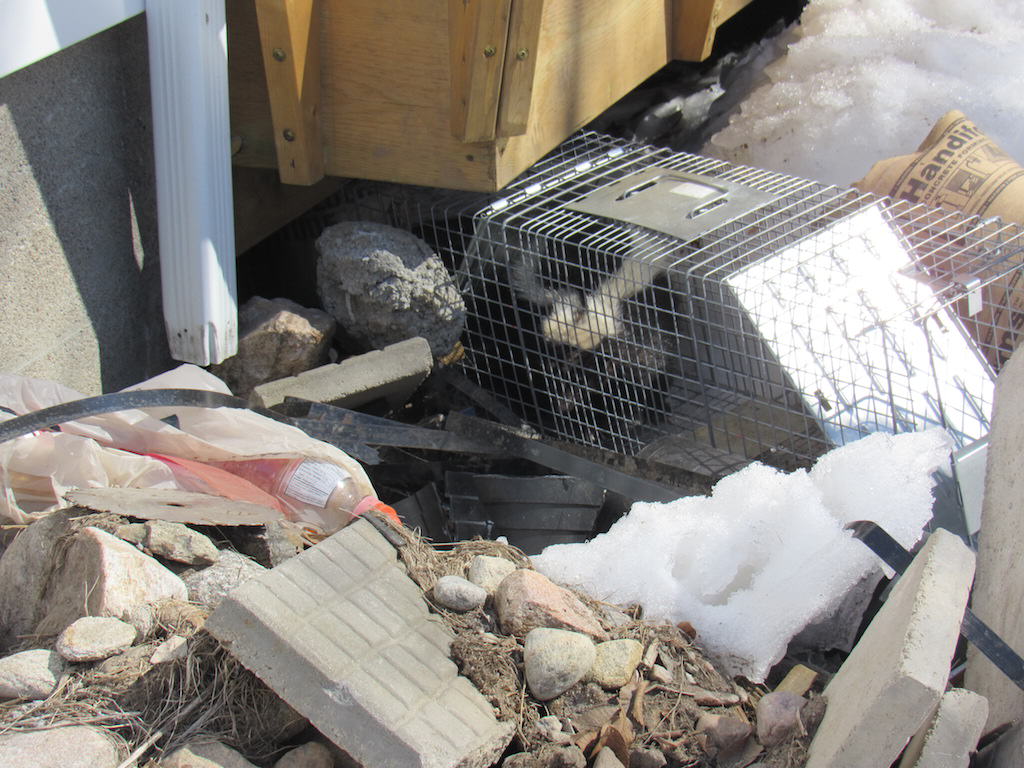
Striped skunks breed from February to March. If the female is not in the mood yet, she will squirt a little quill to repel the courting male or males. Skunks are not true hibernators but are less active in the winter, mainly sleeping in their dens waiting for warmer days. Nocturnal by nature, they spend most of their day sleeping, venturing out mainly at night. This is one of the reasons they thrive in urban environments. Breeding season was the reason for the skunk smell in the house and the main reason I received the call for help.
As I survey the site I count five trails that the skunk or skunks are using to access the den, plus a set of raccoon tracks. Striped skunks use old barns and utility sheds as den locations, and a favourite is under decks or porches. Sometimes they form communal sites with as many as 13 being recorded in one den. During the breeding season males travel up to 5 km looking for love.
Another animal I am often asked to deal with are groundhogs. I mention this because groundhogs are diggers by nature., and the holes and dens they make are often used by raccoons and skunks. I call them a gateway species; the groundhog builds the den that everyone else will use. It is important to deal with groundhogs for this reason.
After my assessment I offer my services to help. I know this will not be an easy job and that I am dealing with more than one animal that may have already been educated. I will have to dig into my years of experience to come up with a solution that will help the homeowner and respect the animals.
I will need roughly seven live traps of various designs to deal with the task. We have laws in Ontario that help respect the animals we live-trap: #1 we must check our live traps every 24 hours, and #2 we can only move live-caught animals 1 km from the capture site. As a personal rule, I try and check my live traps for skunks and raccoons at dawn since they are nocturnal and become stressed if not in their dens in daylight. I also am careful not to place traps in direct sunlight on hot days, again out of respect for the targeted animals.
Sardines Won’t Cut It!
Because of the potential non-target animals roaming the neighborhood (dogs and cats), I use different types of baits and professional ADC (animal damage control) lures that are specific to skunks and raccoons. A can of sardines is not going to cut it! Also, since the animals could have already been exposed to a live trap and educated, I use double-door live traps, along with my poly-type live traps – specialized traps to do a safe, efficient job.
Skunks are known to carry rabies, a fatal disease for humans, and also are susceptible to distemper which can kill cats and dogs. Since I handle skunks on a regular basis, I already have my rabies vaccine as a preventive measure. Ontario is dealing with a rabies outbreak right now in the Hamilton area. Please make sure your pets are vaccinated against this deadly disease.
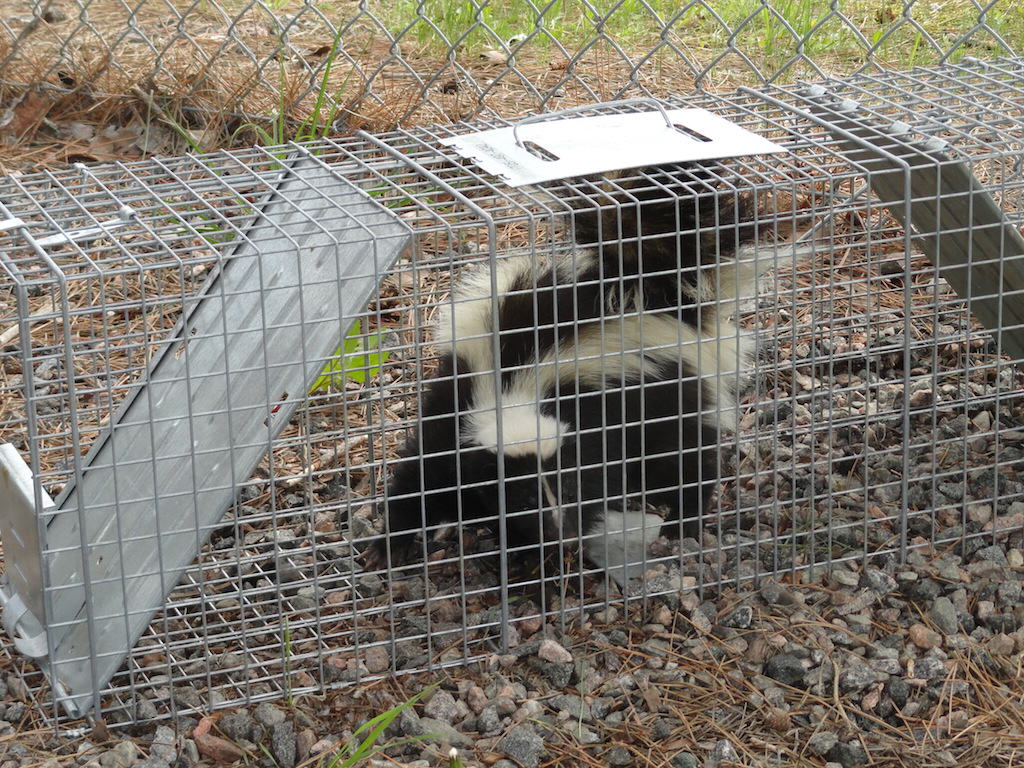
After a week of trapping I removed three skunks and one raccoon. The last skunk I caught was in a double-door wire-cage live trap and it did its utmost best to spray me. Thankfully, having the proper training, I was able to safely remove the trap and skunk without it spraying. It sure would have ruined everyone’s day had it released under the deck.
The skunks were gone and the house was back to normal. To prevent future problems, I recommended a dig guard be installed around the deck. A dig guard is what we call exclusion work and has to be properly installed to work.
Call a Certified Trapper
Thinking back on my training with the National Wildlife Control Operators Association, I realize how important it was that I invested time and money in additional training on dealing with the ever-expanding wildlife conflicts we face today. Knowing how to safely handle wildlife, provide inspections, and offer preventive solutions to wildlife conflicts allows me to help people.
You would not ask a lawyer to fix your plumbing, just as you would not ask a plumber to represent you in court. So it’s important for folks to know whom to call when they have wildlife conflicts, and it’s not your neighbor’s brother’s cousin who doesn’t have a clue to the potential problems and pitfalls. Remember what I said at the start: once you catch a skunk, what’s your plan?
My suggestion is to call a certified trapper with wildlife control training and the skill set to deal with wildlife conflicts in a safe, humane manner. The trapper should also have a business card and insurance, offer inspections, and, most importantly, provide preventive measures after the removal is complete.
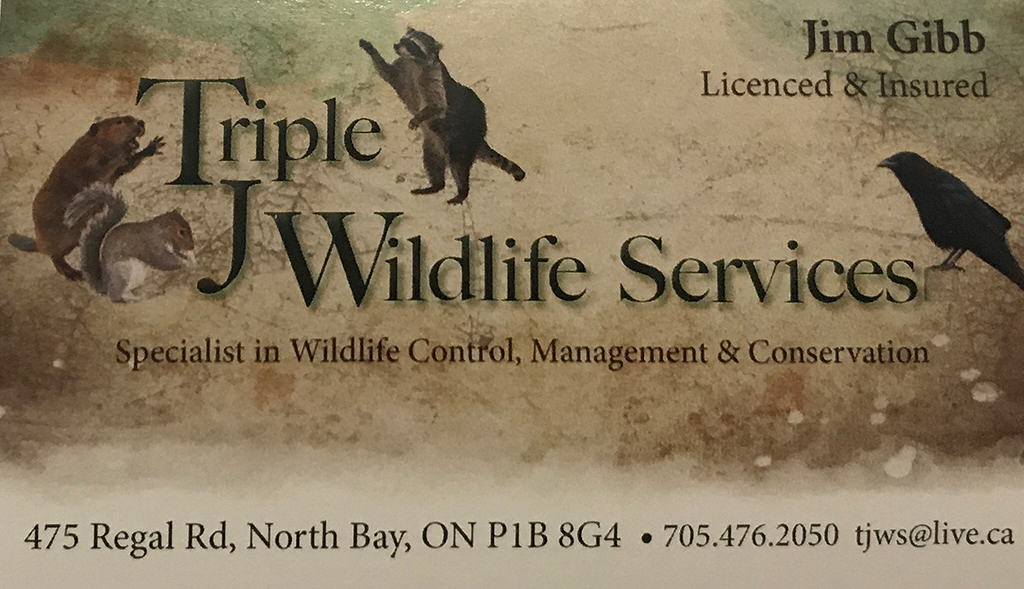
A strong fur market, that utilizes healthy, well-managed furbearer populations helps keep animal populations in check with the environment. But if the fur trade were to stop tomorrow, don’t be fooled into thinking animals would not have to be managed. Regulated, science-based trapping as practiced today in North America is a positive for society.











A well written article from a professional! It is sure amazing how a skunk can bring Someone to face a side of nature they have never had to consider!